AO Edited
Armero, Colombia
A town half-submerged in volcanic mud has become a pilgrimage site for devotees of one of the tragedy's victims.
The city of Armero, founded in 1895, was once known as the White City owing to its role as the capital of the Colombia’s main cotton-producing region. Located over 100 miles from the national capital of Bogotá, its excellent volcanic soils, warm climate, and location near the banks of the Magdalena River made it an agricultural and economic center of Tolima Department.
By 1985, the population of the town in the hot, lush valley had grown to almost 29,000 people. In the middle of this darkest decade in Colombia’s history, with Pablo Escobar waging a campaign of terror and leftist guerrillas having kidnapped the entire supreme court, a fresh tragedy was about to destroy the city forever.
Nevado del Ruiz, the enormous snow-capped volcano that had bestowed upon the region its fertile soils, had been threatening to erupt. Though scientists and international observers had warned the Colombian government of the need to evacuate surrounding towns, the government, perhaps preoccupied with the unfolding political and security catastrophes gripping the country, failed to convey the danger to the inhabitants. On the evening of November 13, despite the smoke and ash drifting out of the mountain, the mayor and the priest reassured the people that they were safe in their houses. At 9 p.m., the volcano erupted, rapidly melting the glacier atop its peak. This caused a wave of volcanic mud, known as a lahar, to cascade down the mountain at speeds of up to 60 kilometers per hour, following the course of the Lagunilla River, all the way to Armero.
Three successive waves of water and volcanic mud enveloped the town. An estimated 20,000 people were buried in minutes, with many drowned in their homes. The thick mud prevented rescue efforts from reaching the town for a further 12 hours, so many more people succumbed to their injuries. In the end, more than three-quarters of Armero’s 29,000 residents died.
Many blamed the government for downplaying the risks to avoid costly precautionary measures. There were thousands of refugees from Armero and surrounding towns, most of whom never received material support or compensation from the state. The following year, Pope John Paul II visited the Armero, as well as refugee camps in nearby Lerida and Guayabal (now Armero-Guayabal). He declared Armero holy ground and a statue depicting the pope kneeling in prayer before a cross was erected there.
Today the town is completely abandoned. It is slowly being reclaimed by the tropical forest; Trees grow through the roofs of the few houses that were not completely submerged; clouds of butterflies waft down gloomy, green streets that have gone quiet. The hospital still stands by the main road, its stucco portico now waist-high. A great rock carried on the lahar is daubed with the names of the family who lived, and are presumed buried, where it landed.
One victim of the tragedy gained particular attention from the international press who descended on the town: Omayra Sanchez, a 14-year-old girl who was buried to the waist in the volcanic mud and trapped below the knees. For two days before she died, Omayra spoke and sang to rescuers and journalists with such grace and stoicism that she became a national icon, a symbol of Colombia’s fortitude in the face of terrible suffering.
In the years since, a memorial was installed at the site of Omayra’s death, which has become a site of pilgrimage for many from the local area and beyond. Today the unofficial monument is decked with flowers, dolls, bracelets, pictures of the Virgin Mary, and plaques offering thanks for favors performed by the dead girl.
Know Before You Go
To reach the town, take a bus from either Honda or Ibague to Armero-Guayabal. There you can find a taxi or mototaxi.






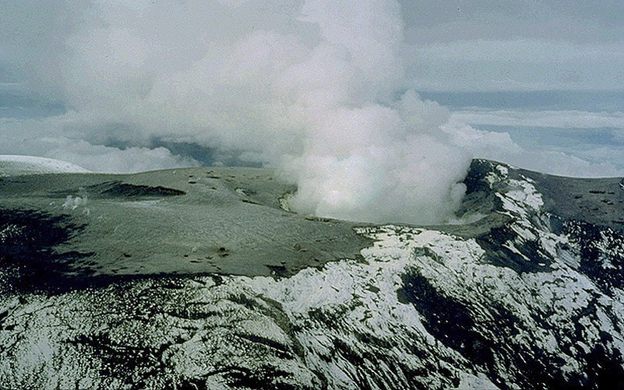


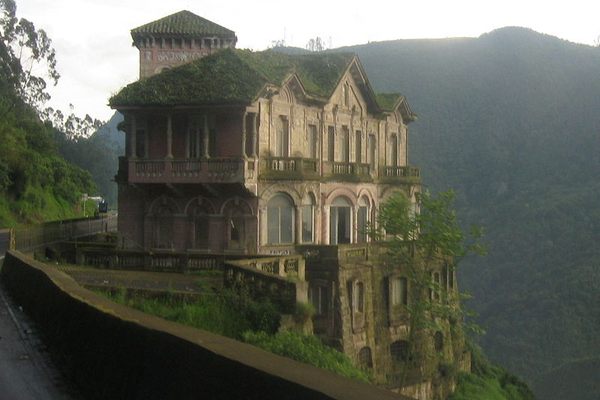
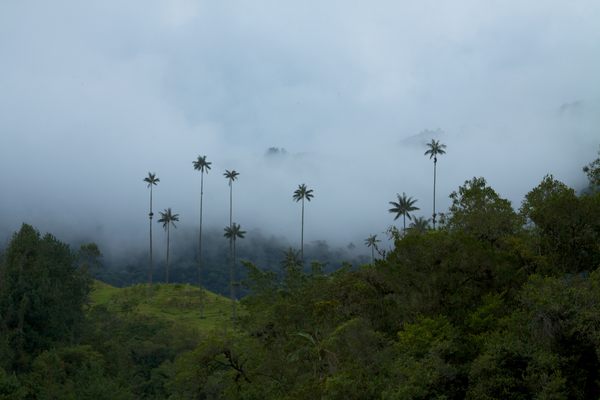
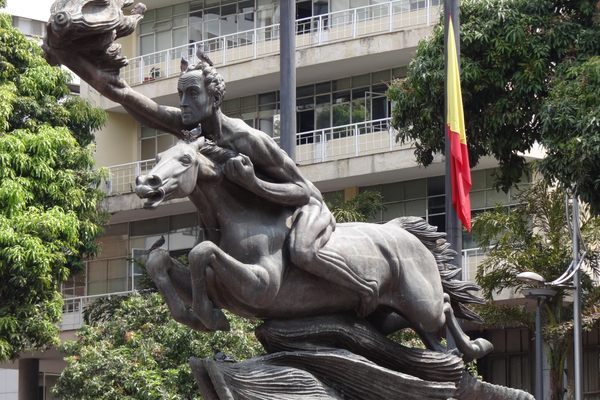
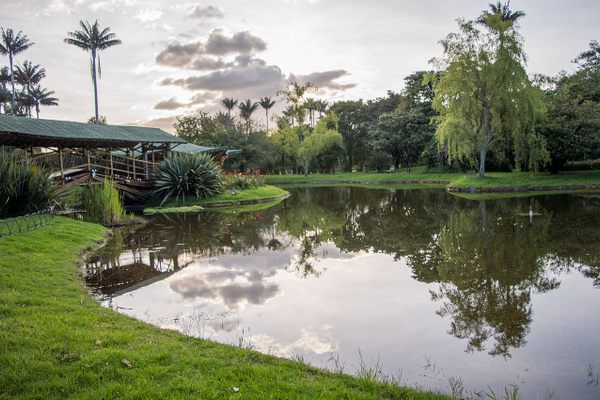


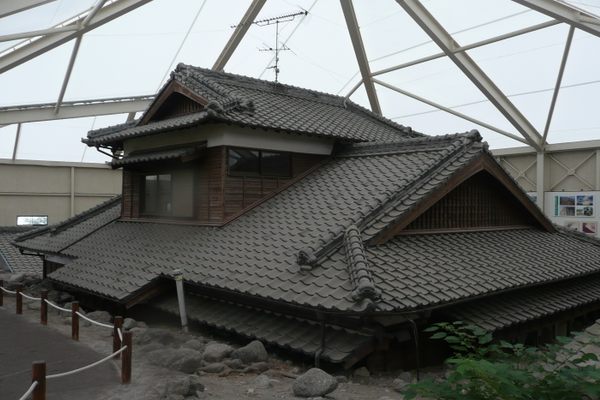


Follow us on Twitter to get the latest on the world's hidden wonders.
Like us on Facebook to get the latest on the world's hidden wonders.
Follow us on Twitter Like us on Facebook